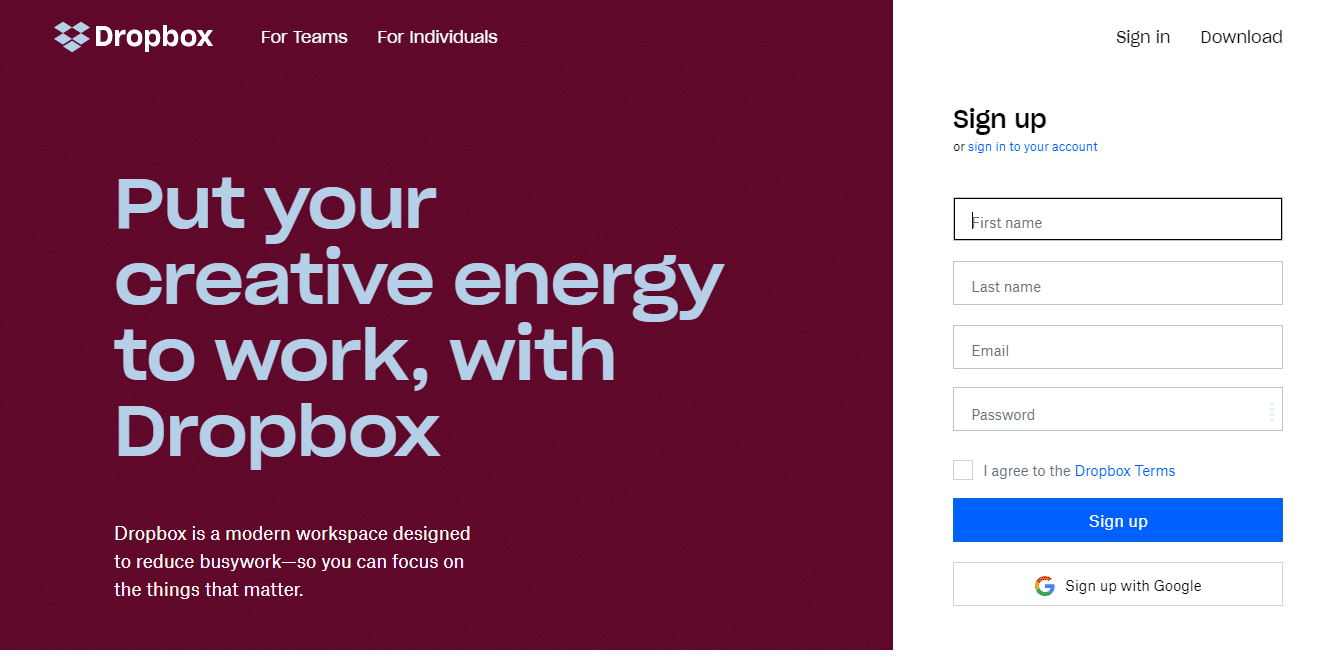Almost every article, blog and piece of online literature on startups include one daunting truth; 90% of all startups fail.
The silver lining in this bleak scenario is that you can learn from the mistakes of these failed ventures. Their failures can help you adopt a different route that will lead to a different outcome.
Here are five reasons why your startup will not flourish and what you can do about it:
No market value
Lack or absence of market need for a product is one of the major reasons for startup failures. CB Insight Analysis evaluated 156 businesses and concluded that 42% failed because of no market need for their product.
Either the company did not have a strong enough unique value proposition or their product was simply not compelling enough for the buyers to make a purchase.
Therefore, in a saturated market, you have to get a little creative to curate a product or service that stands out and solves a genuine customer grievance.
Running a quick survey through your potential customers will provide you with an estimate of your market value. You can also optimize your products or services according to the accumulated feedback to enhance their selling prospects.
Dropbox creators dared to dream in a field dominated by giants like Google, Apple, and Microsoft. They addressed the lack of storage space for the ever-growing collection of images and videos, designed a product and offered 2GB of free cloud storage space to attract attention.
Moreover, they launched an initial product to exhibit their idea, garnered a lot of feedback and fine-tuned their final product accordingly. Now the company is worth $10 billion!

You can also calculate the value of your startup following the steps outlined here.
Absence of a business plan
A well-thought-out business plan serves as a guide for the future. It is also crucial to convince investors about the viability of your startup. If you do not have a concrete plan, your activities will be haphazard, and your startup will be rudderless. This is the perfect recipe for disaster.
Therefore, devise a business model which answers the following questions:
You can also use this template.
- What is your business and product (An executive summary)
- How are your services valuable to customers
- What are your marketing plans
- How are you going to sell it
- How do you plan to measure your ROI
- What is your financial forecast
- Who is on your current team and who you need to hire
Once you have designed your business plan, you need to validate it. Running a prototype model with Minimum Viable Products (MVP) can allow you to understand its popularity amongst the early users.
Back in the late 90s, Zappos co-founders planned to sell shoes online. However, the idea was risky and daring, so they started a test-website, uploaded shoe images taken from the manufacturers’ sites, and waited to see what happens.
Orders started coming in; they began buying shoes from local shoe shoes and shipping them. They lost money with every order, but they were able to ascertain the validity of their idea and eventually became one of the leading online retailers. Later, they expanded their website to cover everything from clothing to handbags, luxury items, travel accessories and more.

Insufficient resources
Many entrepreneurs burn their financial resources quickly and are highly optimistic about investors lining up to fund their brilliant idea when required. However, you will be amazed [read: shocked] to learn that the reality is very different. It is often very difficult to find investors willing to replenish your funds.
Other business owners underestimate the cost of starting a new business and do not plan for long-term sustenance, especially during the first year when the ROI is precariously low. As a result, 29% of the startups fail due to cash run out.
Paul Graham, co-founder of Y Combinator said:
“Investors are pinched between two kinds of fear: fear of investing in startups that fizzle and fear of missing out on startups that take off.”
You can take advantage of these fears by pitching your ideas with a cohesive plan that identifies your unique value proposition and how it benefits the customers. Use quantified values like how many customers you plan to acquire every month, market statistics relevant to your niche, profit margins, etc. to promote transparency.
In addition, limit your spending to the most essential expenses without compromising the product quality. Begin networking to discover prospective investors and start these efforts at least six months in advance. Finally, manage your finances on a monthly basis to deal with burn rates and growth expenses as your business scales.
Inefficient team
You have an innovative product, service or website, you have a profitable business model, but if you do not have the most competent employees to execute the plan, your startup is going to fail.
Beginning at the top of the tier, you should be able to recruit the most talented people and motivate them to perform to the best of their capabilities. You should impart your vision with conviction and passion so that they are willing to be a part of your journey.
Moreover, your marketing team should be able to market your products uniquely and creatively that immediately grabs attention and generates leads. Your sales team should be able to convert these leads into customers in a strategic manner. They can use a sales pipeline template to ensure customers are getting what they need. In addition, your producers should build highest quality goods, and your service-providers should be exceptional.
Finally, it all boils down to that fact that founders are the core of the business. Your inability and inefficiency will be evident throughout the business, leading to failure.
Wrong timing
As a novice entrepreneur, you must be eager to launch your product and dazzle the masses with its sheer brilliance. However, as luck would have it, sometimes the timing is just not right, and the market is not ready for a particular product.
Did you know that before YouTube, there was another entertainment company Z.com, with its basic idea very similar to YouTube’s? They were backed by Hollywood talents and had sufficient investment, but they had to shut down in 2003.
The reason was ill-timed launch. It was founded in a year when computers were not fast enough to support video streaming, and broadband penetration was still low. On the other hand, YouTube, which was born a year later, gained immediate traction and took over the world.
Wrapping up
If you want to be amongst the 10% startups that are successful, you should be determined to excel, flexible to accommodate unexpected changes in the course and willing to learn from mistakes. You should be able to navigate around the problems and come up with creative solutions. Finally, be an inspiration for your team and coach them to perform to the best of their abilities.
Alycia Gordan is a freelance writer who loves to read and write articles on healthcare technology, fitness and lifestyle. She is a tech junkie and divides her time between travel and writing. You can find her on Twitter: @meetalycia
Leave a Reply